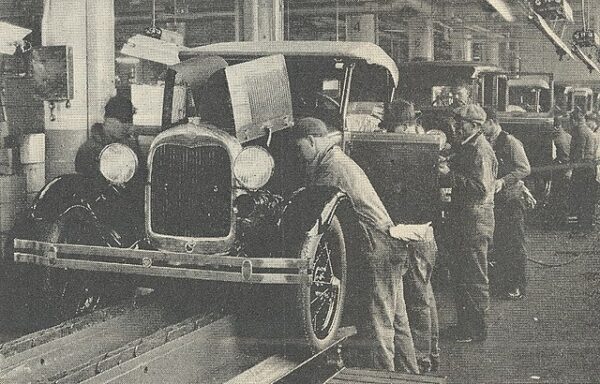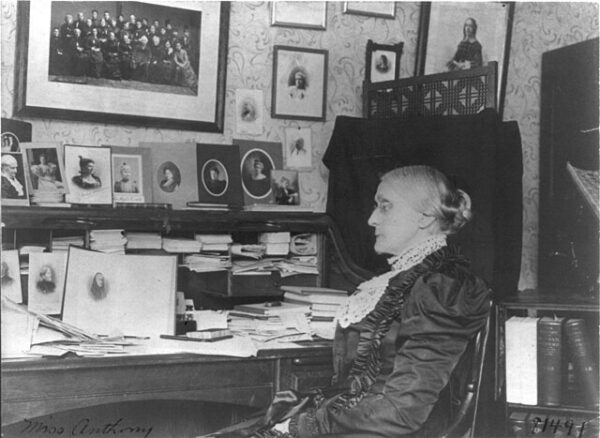On October 7, 1913, the Ford Motor Company revolutionized industrial manufacturing by introducing the assembly line at its Highland Park plant in Michigan. This groundbreaking innovation would forever change the way products were manufactured, ushering in the age of mass production and transforming the automobile industry.
Before the assembly line, cars were built by skilled workers in a process known as craft production, where each worker was responsible for assembling a vehicle from start to finish. This method was slow and expensive, which made cars a luxury item only affordable to the wealthy. Ford’s goal, however, was to make automobiles accessible to the average American, and to do that, he needed a faster and more efficient way to produce them.
The inspiration for the assembly line came from Ford’s observations of other industries. He studied meatpacking plants, where carcasses were moved along conveyor belts and disassembled in stages by workers stationed at specific positions. Ford realized that by reversing this idea, he could build a car in stages, with workers specializing in individual tasks, which would save both time and money.
The introduction of the moving assembly line cut the time to produce a single Model T from more than 12 hours to just 90 minutes. Workers remained stationary while parts moved along a conveyor system, enabling them to focus on specific, repetitive tasks. This specialization allowed for increased precision and a significant reduction in labor costs, as workers no longer needed to be highly skilled craftsmen. Instead, they were trained to perform one specific task, contributing to the overall process.
Ford’s innovation didn’t just speed up production—it also reduced costs. The efficiency of the assembly line enabled Ford to lower the price of the Model T significantly. In 1908, the Model T cost about $825, but by 1925, the price had dropped to just $260, making it affordable for a much larger segment of the population. This affordability helped Ford achieve his goal of putting the world on wheels, as millions of Americans were now able to purchase a car for the first time.
The assembly line also had a profound impact on the workforce. While it created more jobs and allowed for higher wages, it also changed the nature of work itself. Assembly line workers performed the same task repeatedly, leading to a sense of monotony and alienation from the finished product. To address the challenges posed by this repetitive work, Ford introduced a significant wage increase in 1914, offering $5 a day—more than double the average wage of the time. This wage hike not only improved worker retention and productivity but also helped create a new middle class, as Ford workers could now afford the very cars they were producing.
The success of Ford’s assembly line sparked a manufacturing revolution that spread far beyond the automobile industry. Other industries quickly adopted the assembly line model, applying it to the production of everything from household appliances to military equipment. The efficiency of mass production also played a critical role in the American economy during the 20th century, enabling the U.S. to produce goods on a massive scale, particularly during World War II, when the country became known as the “Arsenal of Democracy.”
The legacy of Ford’s assembly line is still felt today. Modern manufacturing techniques have built upon the principles Ford pioneered, utilizing advanced technology such as robotics and automation, but the basic concept of assembly line production remains the foundation of modern industry. Ford’s vision of making automobiles affordable for the masses not only reshaped the car industry but also laid the groundwork for the consumer-driven economy that defines much of the modern world.
By introducing the assembly line on October 7, 1913, Ford changed more than just the way cars were made—he transformed manufacturing, labor, and society as a whole. His innovation remains one of the most important milestones in the history of industry.






